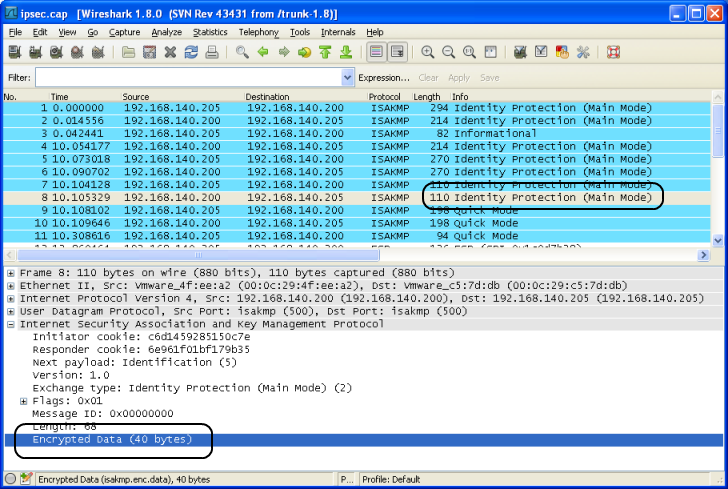
Returns a hexdump of packets with non-zero padding Returns a hexdump of packets with padding

Returns a hexdump of the Raw layer of all packets Returns a packet list filtered with a lambda function > p = PacketList ( a ) > p > p = PacketList () > p ĭisplays a list of summaries of each packetĭisplays the preferred representation (usually nsummary())

On the other hand, it is possible to move sets of packets into a PacketList object, which provides some operations on lists of packets. In these cases, if you forgot to unroll your set of packets, only the first element of the list you forgot to generate will be used to assemble the packet. Some operations (like building the string from a packet) can’t work on a set of packets. > a = IP ( dst = ") > a > b = IP ( ttl = ) > b > c = TCP ( dport = ) > This implicitly defines a set of packets, generated using a kind of cartesian product between all the fields. Each field of the whole packet (ever layers) can be a set. Let see how to specify sets of packets as easily. Return a Scapy command that can generate the packetįor the moment, we have only generated one packet. Same as show but on the assembled packet (checksum is calculated, for instance)įills a format string with fields values of the packetĭraws a PostScript diagram with explained dissection psdump ( "/tmp/isakmp_pkt.eps", layer_shift = 1 ) If this is too verbose, the method hide_defaults() will delete every field that has the same value as the default:

That’s because I consider that each field has its value imposed by the original string. We see that a dissected packet has all its fields filled. Identifying rogue DHCP servers on your LAN.Node status request (get NetbiosName from IP).



 0 kommentar(er)
0 kommentar(er)
